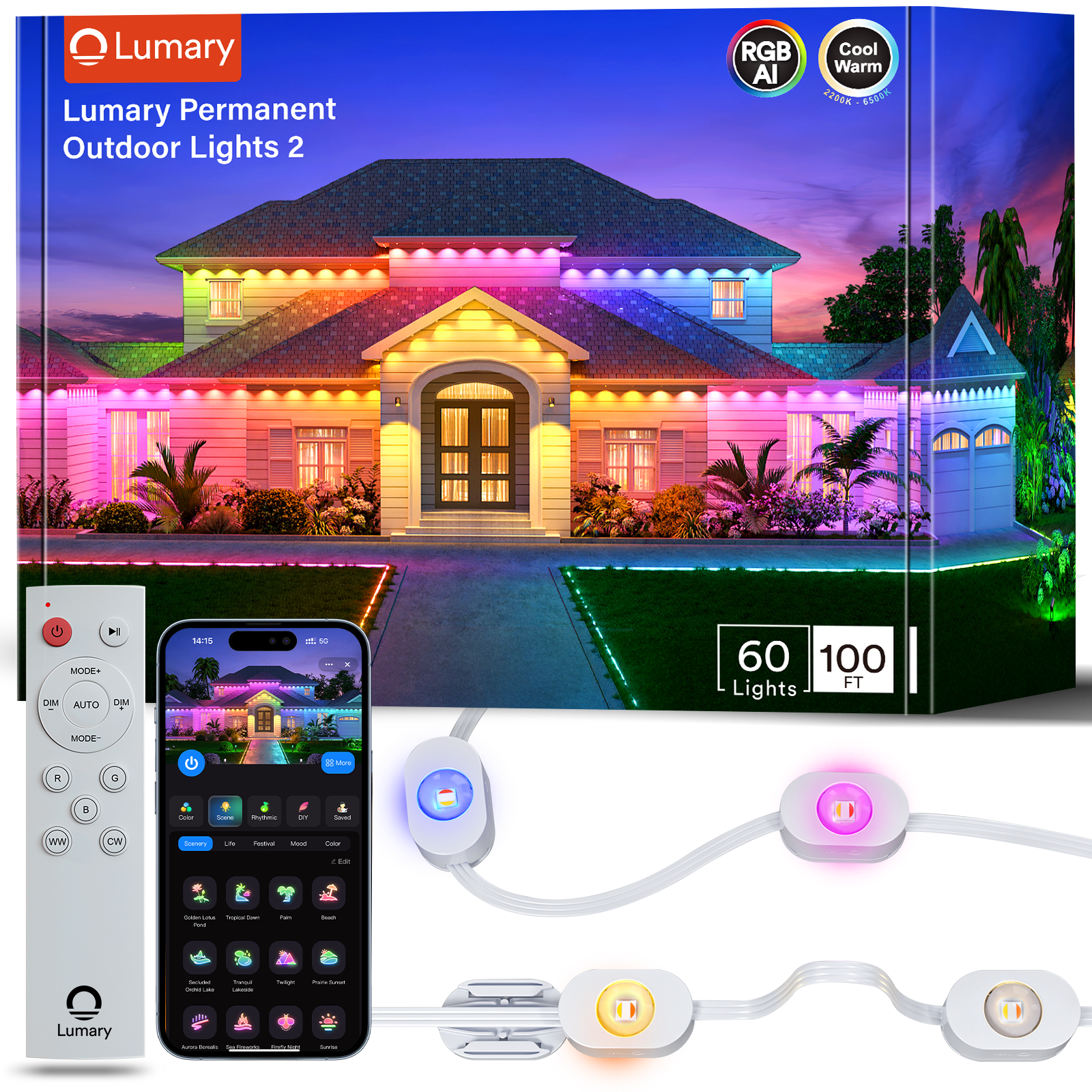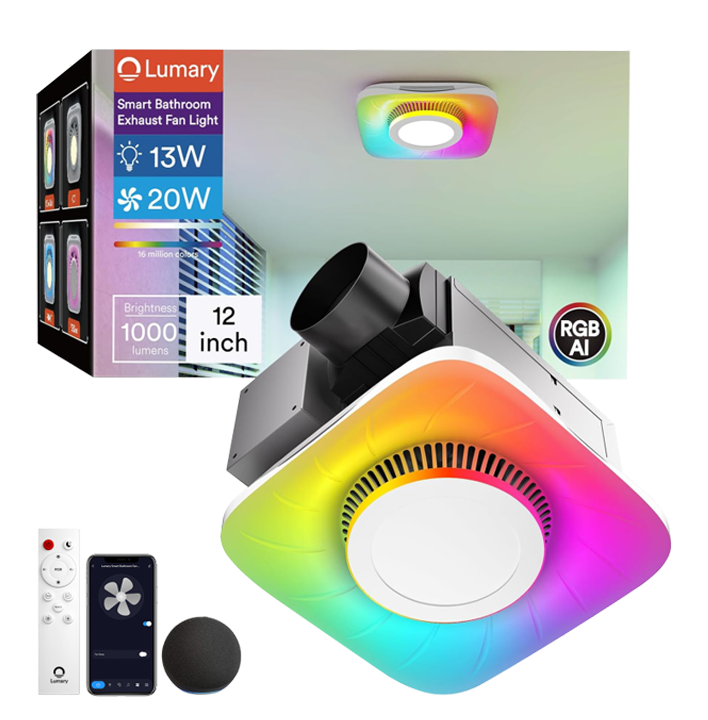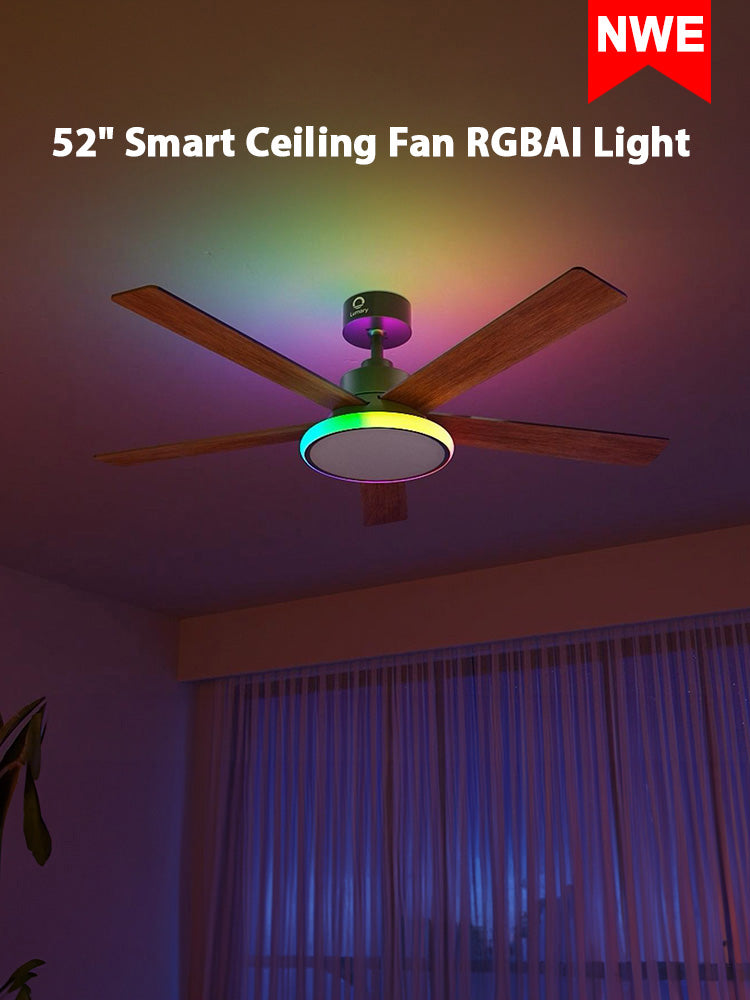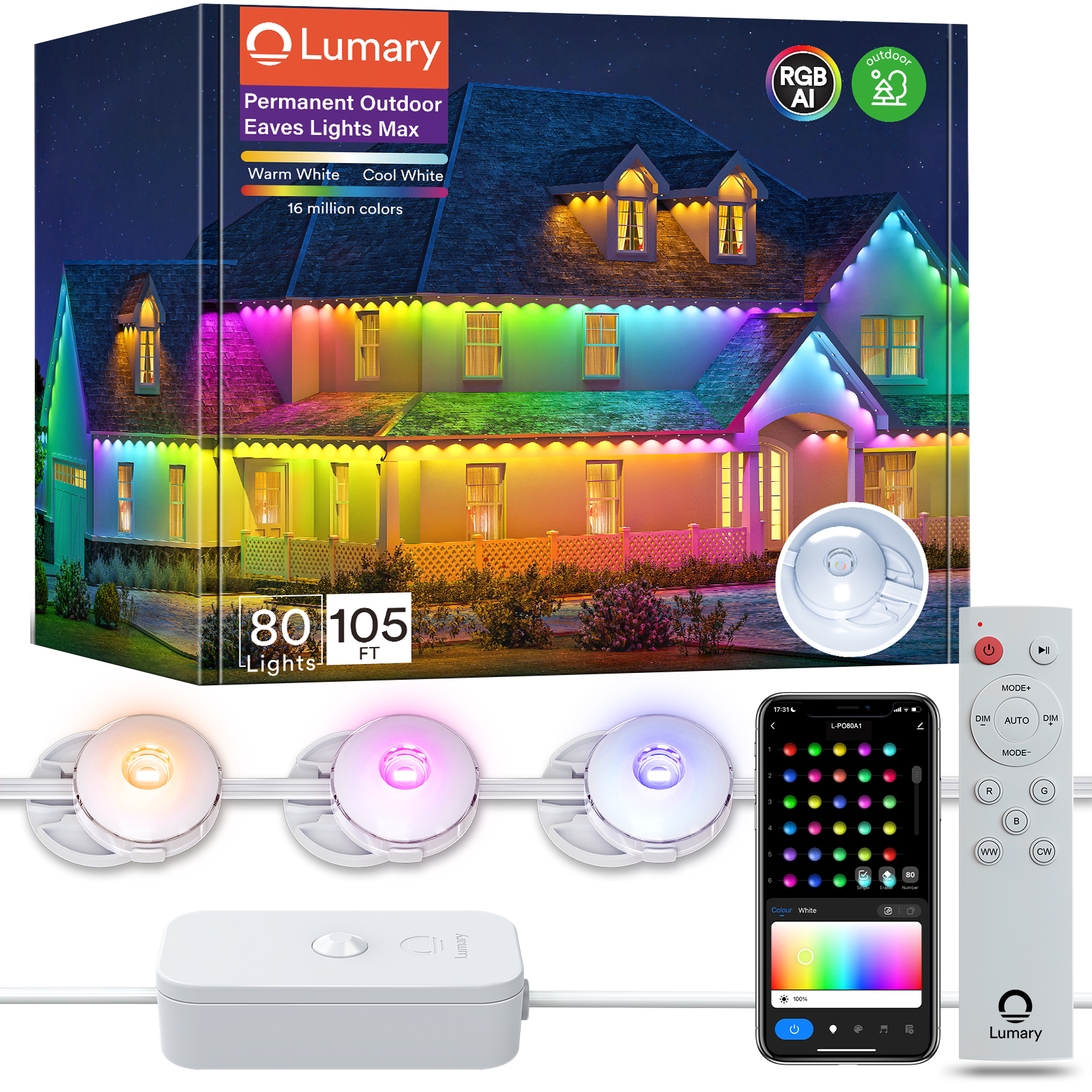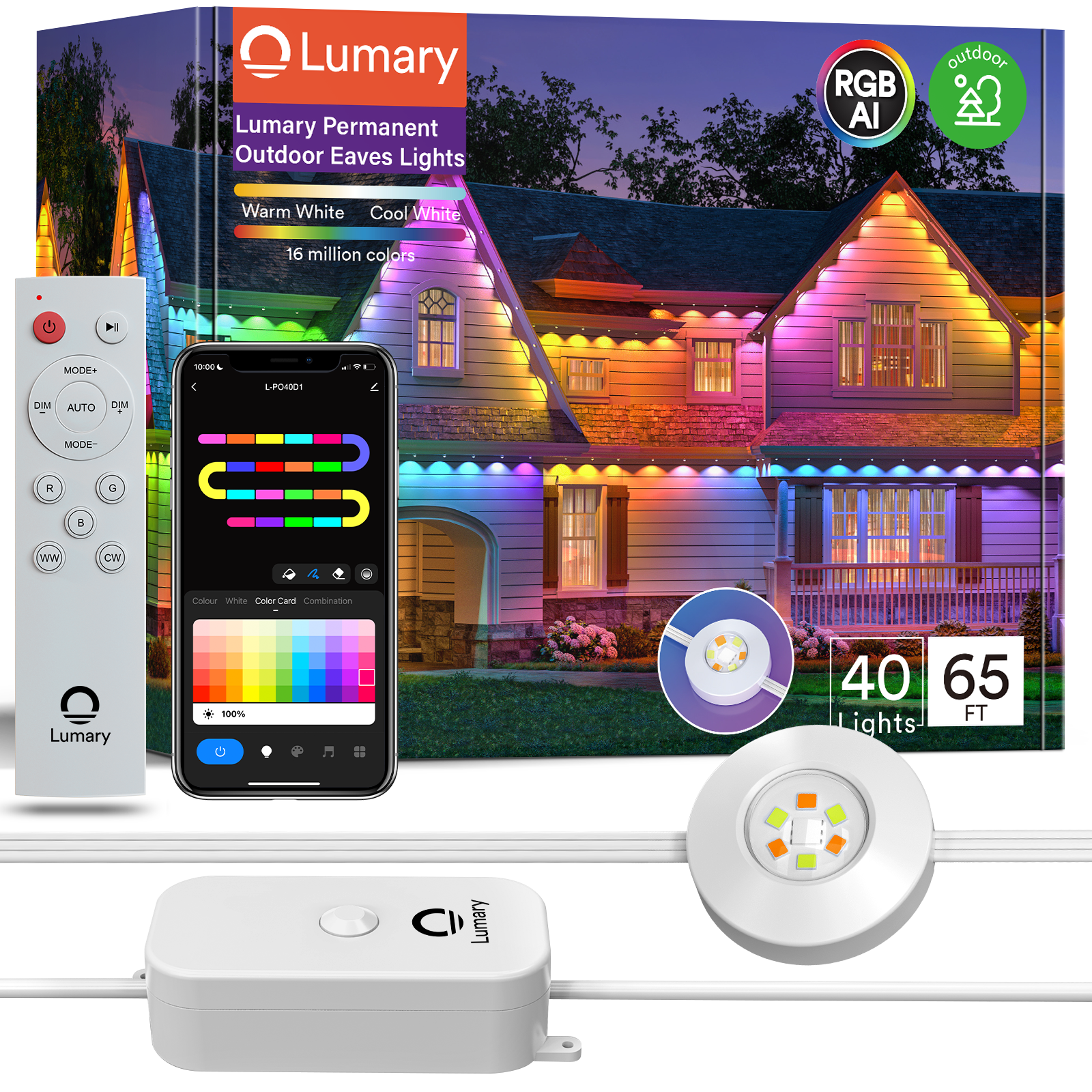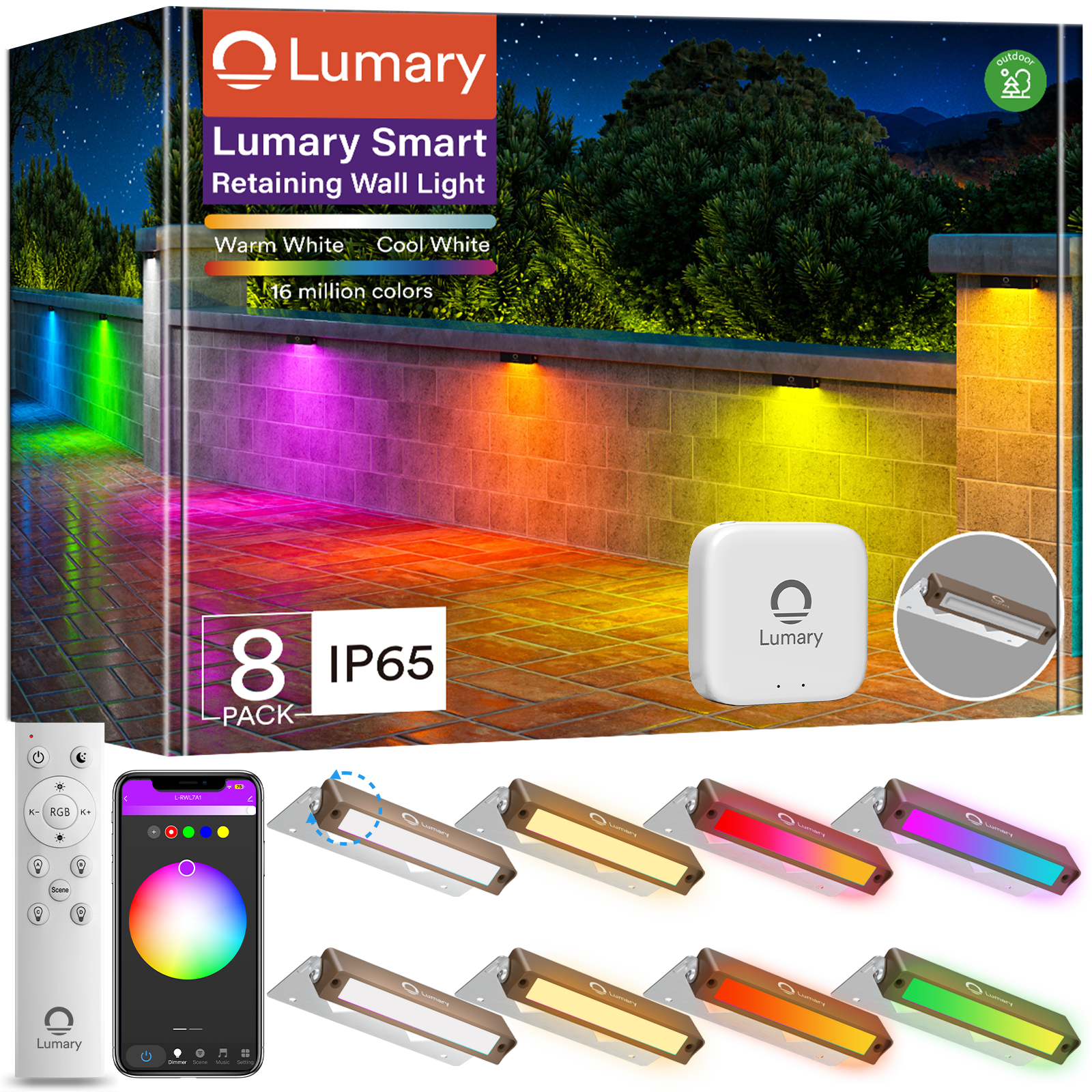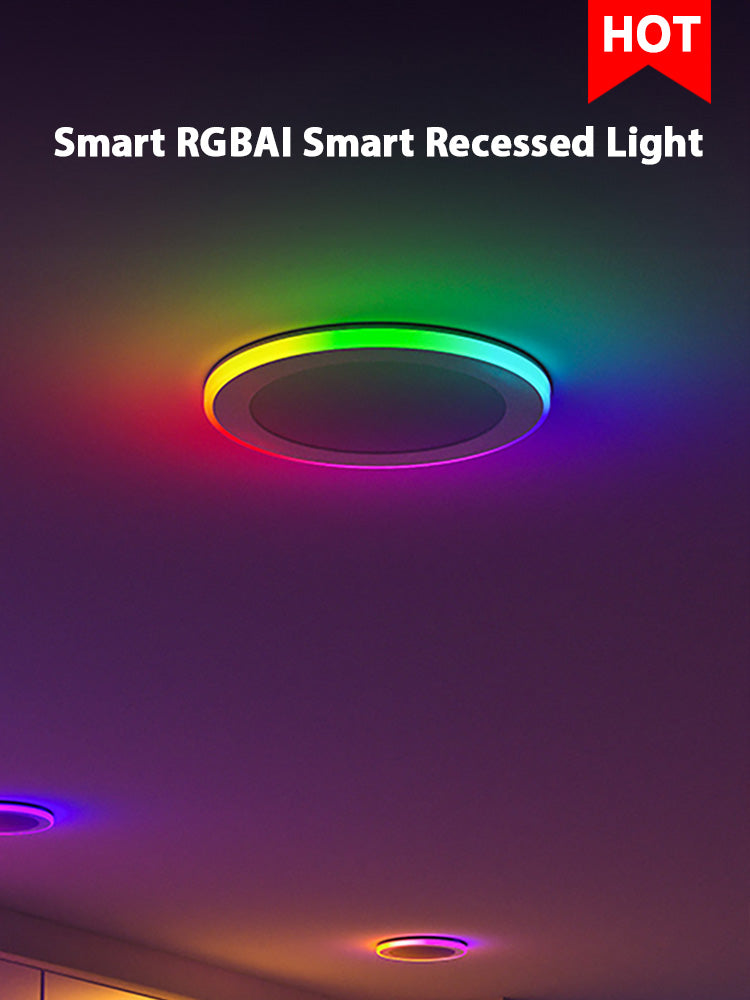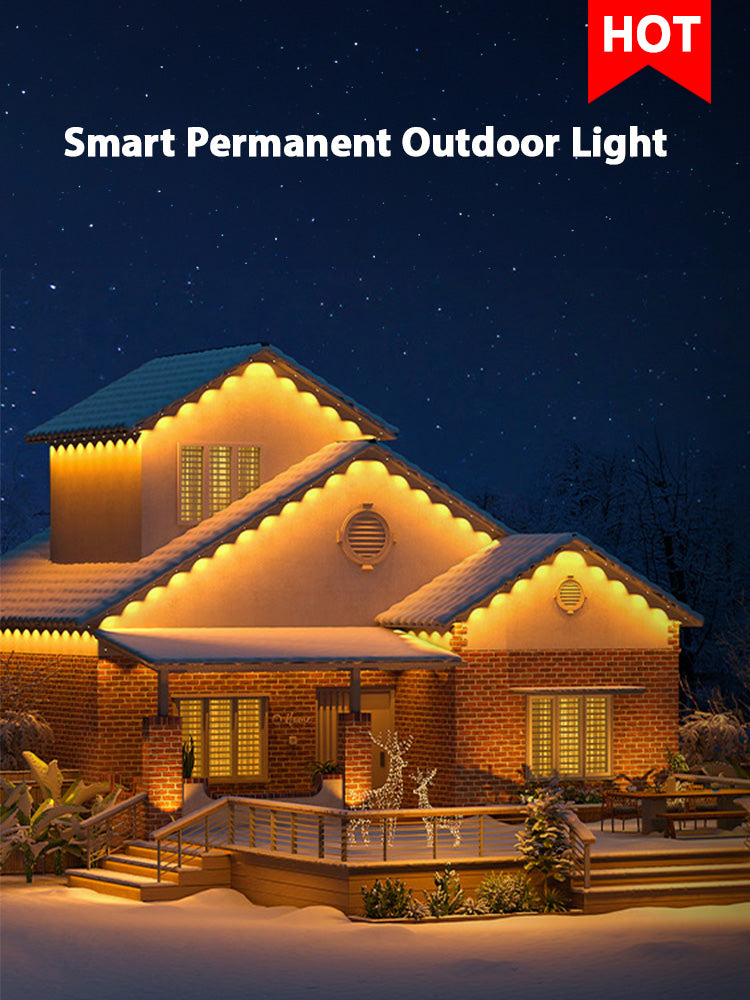Low voltage landscaping lights offer a smart way to enhance your garden. These lights use less power, making them cost-effective and energy-efficient. You get longer-lasting illumination with over 6000 hours of life compared to traditional bulbs. Safety is a key benefit since these lights operate at a safer 12 volts. Garden lighting not only boosts aesthetics but also adds safety by illuminating pathways and features. Transform your outdoor space with low voltage options that are both practical and beautiful.
Understanding Low Voltage Landscaping Lights

Definition and Overview
What are Low Voltage Lights?
Low voltage landscaping lights operate at 12 or 24 volts. These lights use a transformer to reduce the standard 120-volt household current to a safer level. This setup makes low voltage systems ideal for residential areas. You can enjoy beautiful illumination without worrying about electrical hazards.
How They Differ from Traditional Lighting
Traditional lighting systems run on 120 volts. These systems connect directly to your home’s electrical supply. Low voltage landscaping lights, however, use a transformer to lower the voltage. This difference allows for energy-saving fixtures that work efficiently with less power. Installation becomes simpler and safer, making it accessible for DIY enthusiasts.
Key Components
Transformers
Transformers play a crucial role in low voltage landscaping lights. They step down the household current to 12 volts. You should choose a transformer based on the total wattage of your lights. Multiply the combined wattage by 1.25 to allow room for future expansion. This ensures your system remains flexible and adaptable.
Fixtures and Bulbs
Fixtures and bulbs in low voltage systems are designed for efficiency. These components use less energy while providing ample light. You can find a variety of styles to match your garden’s aesthetic. The versatility of these fixtures allows you to create unique lighting designs that enhance your outdoor space.
Wiring and Connectors
Wiring and connectors are essential for connecting low voltage landscaping lights. These components ensure a stable and safe connection. The wiring is often more straightforward than traditional systems. You can easily add or remove lights without complicated rewiring. This flexibility makes it easy to adjust your lighting as your garden evolves.
Benefits of Low Voltage Landscaping Lights

Energy Efficiency
Lower Energy Consumption
Low voltage landscaping lights consume less electricity. These lights use only 1 to 11 watts of power. This efficiency helps you save energy. Traditional halogen lights use much more power. You can enjoy bright lighting without high energy bills.
Cost Savings
Energy-efficient lighting leads to cost savings. Lower energy consumption means reduced electricity costs. You spend less on your monthly bills. The long lifespan of these lights also saves money. You won't need to replace them frequently.
Safety and Versatility
Reduced Risk of Electrical Hazards
Low voltage lights operate at a safer 12 volts. This reduces the risk of electrical shocks. You can safely install these lights in residential areas. Families with children find this feature especially beneficial.
Flexibility in Design and Placement
Low voltage lights offer design flexibility. You can place them in various garden spots. Adjusting the layout becomes easy. You can add or remove lights without complex wiring. This flexibility allows you to change your garden's look whenever you want.
Environmental Impact
Eco-Friendly Lighting Options
Low voltage lights provide eco-friendly options. These lights produce less heat. Plants and surroundings remain unaffected. You contribute to a greener environment by choosing these lights.
Contribution to Sustainable Gardening
Sustainable gardening benefits from low voltage lighting. Energy efficiency reduces carbon footprints. You support eco-friendly practices in your garden. This choice promotes a healthier planet for future generations.
Practical Applications and Installation Tips
Planning Your Lighting Design
Assessing Your Garden's Needs
Start by walking through your garden. Look at areas needing light. Think about pathways, plants, and features. Decide where lighting will enhance beauty and safety. Make a list of spots that need attention.
Choosing the Right Fixtures
Pick fixtures that match your garden style. Consider the purpose of each light. Path lights work well for walkways. Spotlights highlight specific plants or structures. Choose durable materials for long-lasting use.
Installation Process
Step-by-Step Guide
-
Gather Tools: Collect all necessary tools and materials.
-
Plan Layout: Mark spots for each light.
-
Install Transformer: Connect the transformer to a power source.
-
Lay Wiring: Run wires along planned paths.
-
Connect Lights: Attach lights to the wiring.
-
Test System: Turn on the system and check each light.
Common Mistakes to Avoid
Avoid overloading the transformer. Calculate total wattage before installation. Don’t bury wires too deep. Keep them accessible for maintenance. Ensure connections are secure to prevent flickering.
Maintenance and Upkeep
Regular Checks and Cleaning
Inspect lights regularly. Clean fixtures to remove dirt and debris. Check for any loose connections. Ensure all lights function properly. Replace bulbs as needed.
Troubleshooting Common Issues
If lights flicker, check connections first. Ensure wires are intact and secure. If a light doesn’t turn on, test the bulb. Replace faulty bulbs promptly. For persistent issues, consult a professional.
Low voltage landscaping lights offer numerous benefits that enhance your garden's beauty and safety. These lights provide energy efficiency and cost savings. The installation process remains straightforward, making it accessible for everyone. Jim Gorman highlights that low-voltage systems operate on 12 volts, providing a safer and more cost-effective solution than traditional systems. Consider these options to transform your outdoor space into a stunning and secure environment. Explore various lighting solutions to find the perfect fit for your garden. Illuminate your world with style and practicality.

